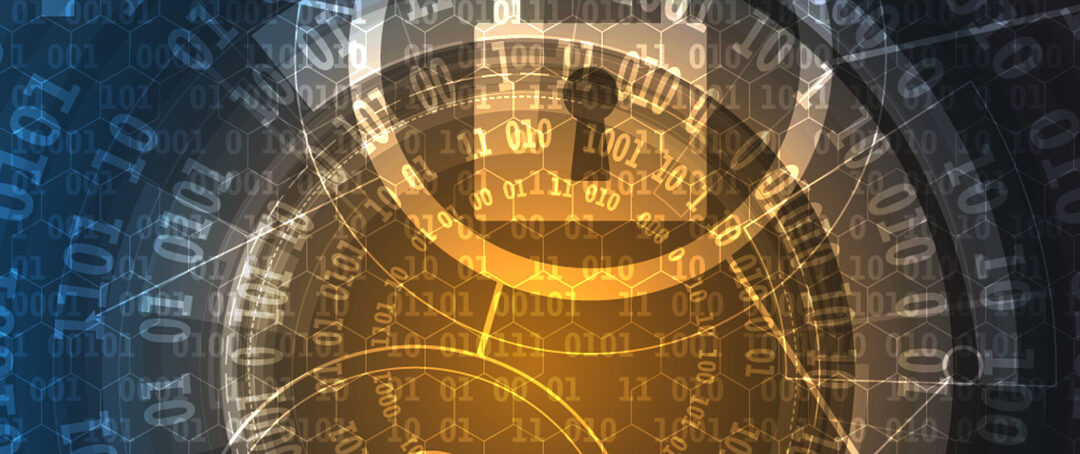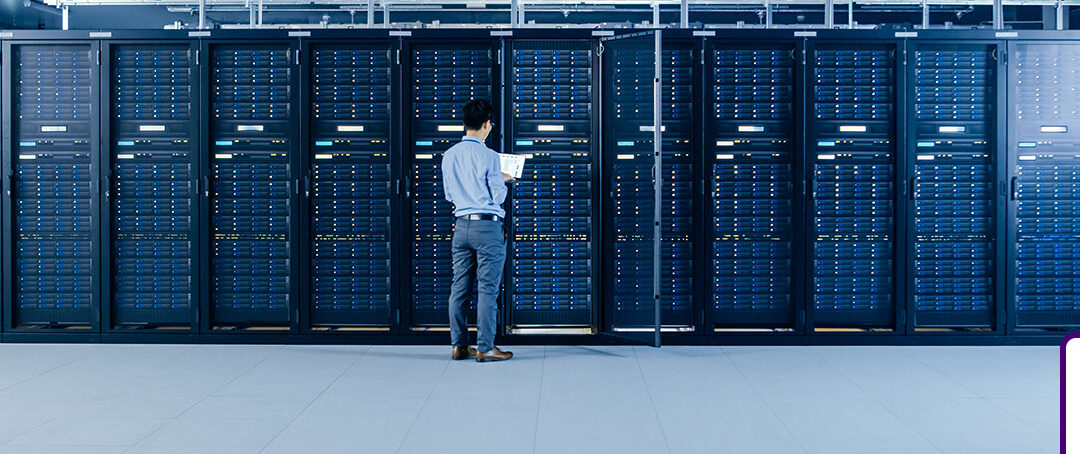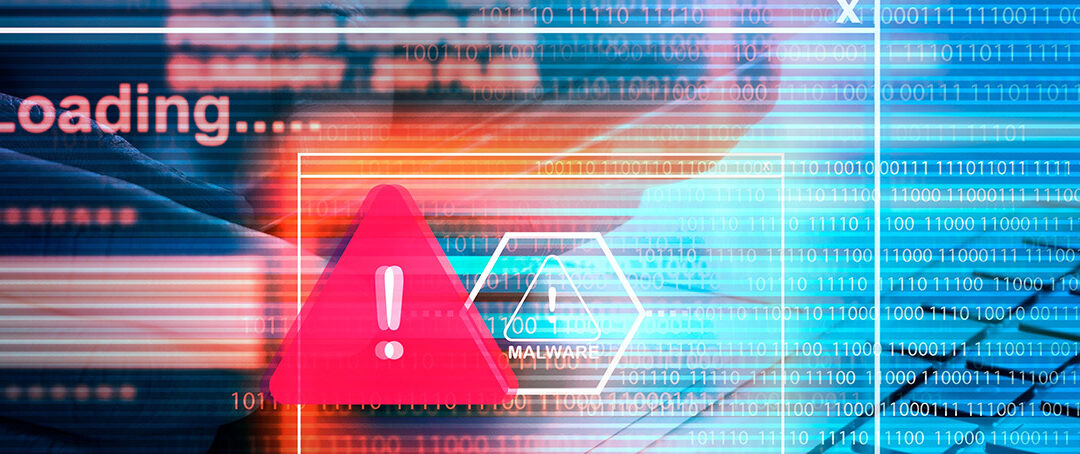From Mainframe to Cybersecurity: Experience Is the New Superpower
If you’ve written COBOL, debugged Assembler, or know how to resolve an S0C7 abend, chances are you belong to an older—and increasingly rare—demographic in tech. If you’re a woman, that group is even smaller.
When I began my career in mainframe development in the late 1980s, fewer than half of these roles were held by women. The positions demanded authority, precision, and decisiveness, traits that, when expressed by women, were often dismissed as “bossy.”
Decades later, the landscape has shifted, but not nearly enough. According to (ISC)², only 22% of today’s cybersecurity workforce are women. For those of us in this “rarer” demographic, these odds feel familiar. We’ve faced them before—and we’ve overcome them.
Math, analytical thinking, and assertiveness have long been labeled as masculine traits, yet women continue to excel in these areas, often without recognition.
Experience is Irreplaceable
For women in tech, the transition from mainframe development to cybersecurity can feel daunting. It’s not just a technical shift; it’s a psychological one. It’s easy to believe that legacy skill sets or age will hold you back. Don’t let self-doubt masquerade as practicality, convincing you that cybersecurity is reserved for younger minds or recent graduates.
The truth is, every line of COBOL code, every RACF rule, and every 3 a.m. system fix has built a foundation for something more. Cybersecurity isn’t a departure from what we know, but rather, it’s a natural evolution of mainframe expertise.
Don’t let self-doubt masquerade as practicality, convincing you that cybersecurity is reserved for younger minds or recent graduates.
For years, I told myself I was too far down the mainframe road to pivot, too entrenched in legacy systems to be relevant in modern threat landscapes. But experience isn’t a limitation, it’s a superpower! Every year spent mastering architecture, troubleshooting complex systems, and taking calls in the middle of the night gave me the exact foundation cybersecurity demands: precision, resilience, and a deep understanding of how systems behave under pressure.
Experience is irreplaceable. When paired with curiosity and purpose, it becomes transformative. Growth isn’t linear—it’s layered. The layers I’ve built over time make me uniquely equipped to protect, defend, and lead in this new domain. Cybersecurity isn’t just for the young: it’s for the curious, the committed, and the courageous.
Cybersecurity is for the curious, the committed, and the courageous. It thrives on diversity of thought, background, and experience.
Seven Truths for Transitioning from Mainframe to Cybersecurity
There are seven truths we must embrace on this journey:
- Learning Never Stops: Technology evolves constantly, and cybersecurity moves even faster. Continuous learning is essential.
- Networking Skills Matter: Unlike development, cybersecurity demands a strong grasp of IP addresses, ports, and traffic flows, especially when analyzing SIEM (Security Information and Event Management) logs.
- RACF Mastery Is Your Edge: RACF (Resource Access Control Facility) is the mainframe’s gatekeeper. It authenticates users, defines permissions, and protects datasets. Understanding user profiles, dataset protection, and audit trails gives you an instant advantage.
- Know Your SIEM Tools: Learn how different SIEM platforms handle log analysis and incident response. They’re essential for threat detection and defense.
- Understand SMF Records: SMF (System Management Facility) records are gold mines of system data. Knowing which records to analyze reveals security anomalies and access patterns.
- Learn Linux on z: Today’s mainframes often run Linux on Z. Comfort with Linux commands boosts your hybrid-infrastructure credibility.
- Embrace Pen Testing and Certification: Ethical hacking uncovers vulnerabilities before attackers do. Explore mainframe-specific pen testing resources like OffensiveSec.org and YouTube tutorials. Add security certifications such as CISSP, CISM, and CEH to validate your expertise.
Pivoting from Legacy to Innovation
Transitioning from mainframe development to cybersecurity is more than a career pivot. It’s a strategic evolution, both personal and professional. For women who’ve spent decades mastering legacy systems, our understanding of architecture, logic, and resilience is relevant and essential.
With the rise of AI, hybrid infrastructures, and complex threat landscapes, the ability to bridge legacy and innovation is more valuable than ever. Age isn’t a barrier, it’s an advantage! Cybersecurity needs seasoned minds who can interpret audit trails, anticipate threats, and apply historical context to modern risks.
Age isn’t a barrier, it’s an advantage!
And, like any transition, this one is also an opportunity to lead, mentor, and redefine technical excellence. Cybersecurity thrives on diversity of thought, background, and experience.
Where Experience Meets Impact
Cybersecurity is where experience meets impact. For those of us with mainframe roots, our past has prepared us for this future. For me, the rewards continue to be both professional and deeply personal.









One hundred percentage agree with this. Great article – stand out line for me “Growth isn’t linear—it’s layered”